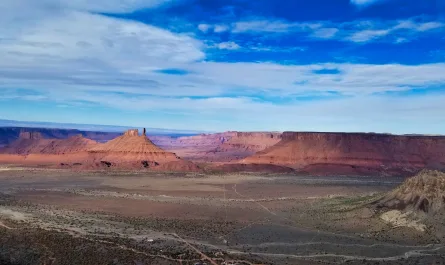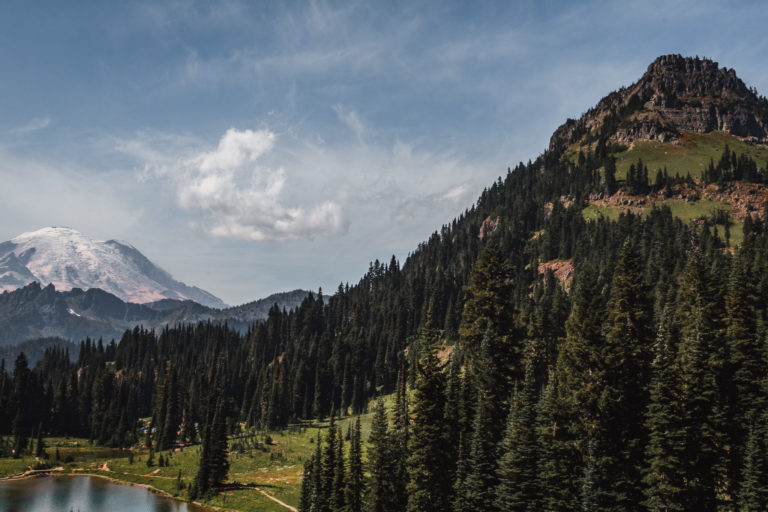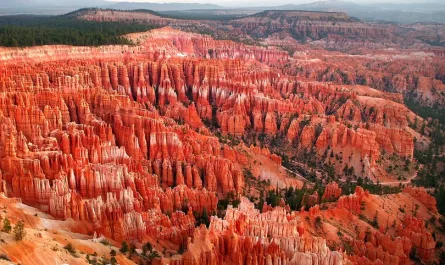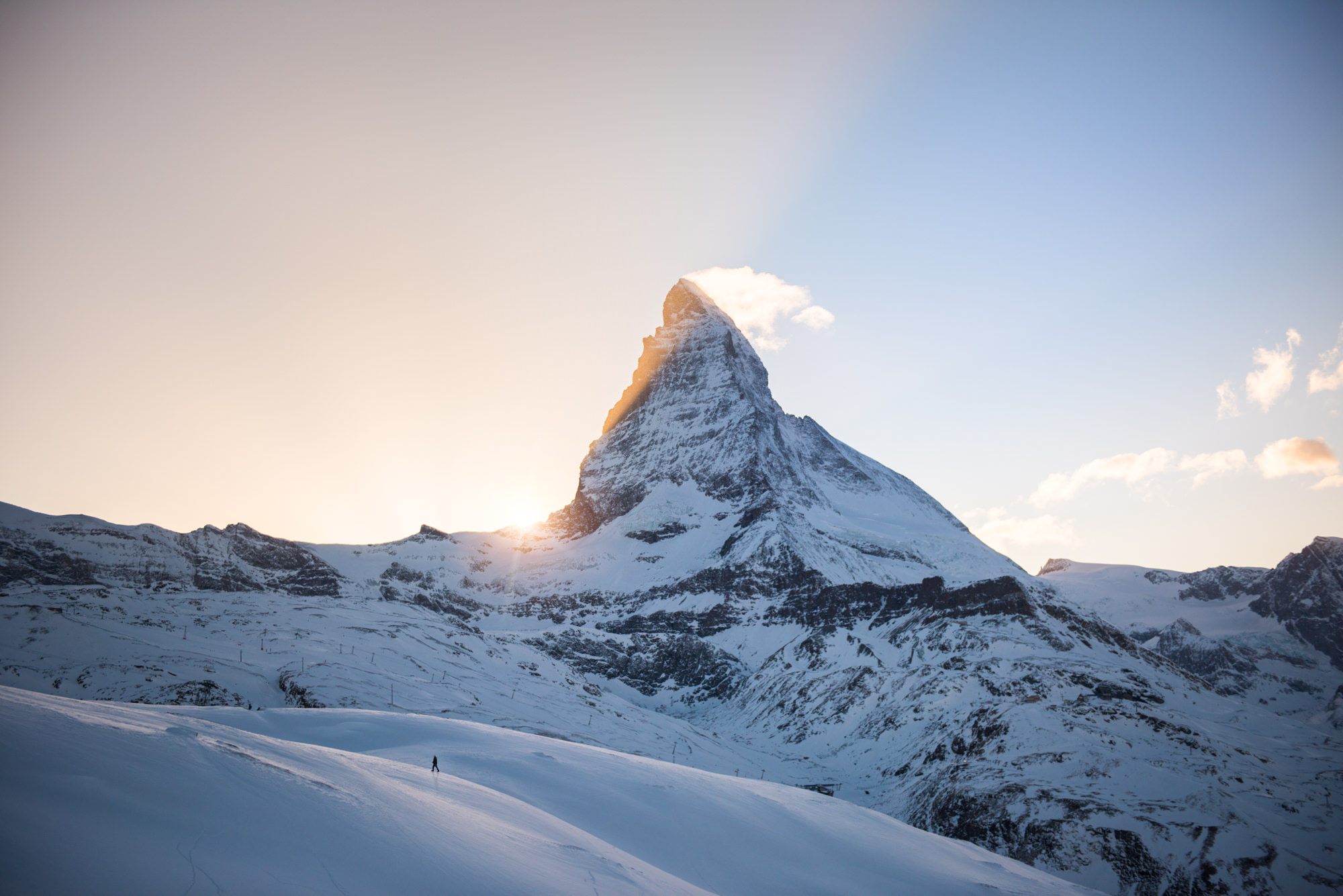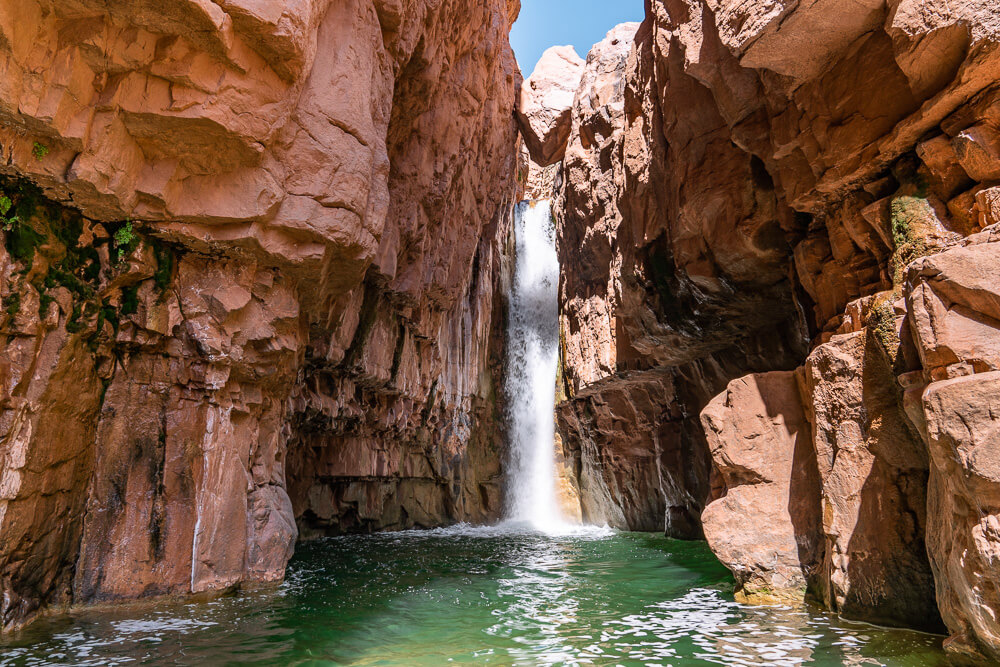The crater, which is roughly 3,500 feet in diameter, was formed by a steam explosion that occurred when magma from the volcano interacted with groundwater.
The eruption that formed Diamond Head was relatively small compared to other volcanic eruptions in Hawaii, and it occurred during a period of volcanic activity that lasted for several hundred thousand years.
During this time, several other volcanoes on the island of Oahu were also active, including Koko Head, Koko Crater, and the Wai‘anae Range.
Geology of the Surrounding Area
Diamond Head is located on the southeastern coast of Oahu, and it is surrounded by a variety of geological features.
To the east of Diamond Head is Koko Head, a volcanic tuff cone that was formed around 420,000 years ago.
Koko Head rises to a height of 1,208 feet above sea level and is much larger than Diamond Head. The two cones are separated by a narrow coastal plain that is made up of coral reefs and sedimentary deposits.
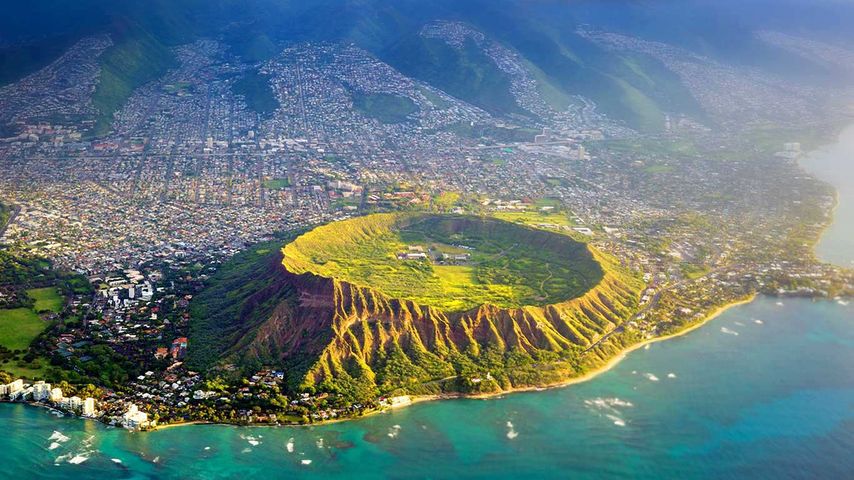
To the west of Diamond Head is the Ko‘olau Range, a mountain range that runs the length of the eastern side of Oahu. The Ko‘olau Range is made up of volcanic rocks and was formed during the same period of volcanic activity that created Diamond Head and the other volcanoes on the island.
The highest peak in the range is Mount Ka‘ala, which rises to a height of 4,025 feet above sea level.
The coastline around Diamond Head is also characterized by coral reefs and marine terraces, which are the remnants of ancient shorelines that have been uplifted by tectonic activity.

These terraces provide important evidence of past sea levels and can be used to study the geological history of the area.
Geological History of Hawaii
The geological history of Hawaii is closely tied to the movement of tectonic plates in the Earth’s crust. Hawaii is located in the middle of the Pacific Plate, which is one of the largest tectonic plates on Earth.
As the Pacific Plate moves over a hot spot in the Earth’s mantle, magma rises to the surface and forms volcanoes.
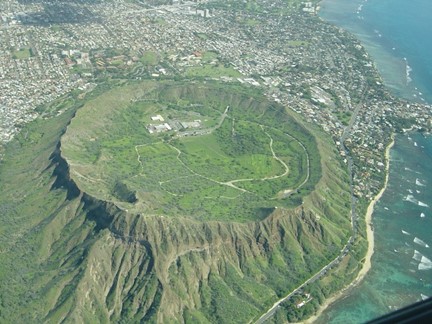
The oldest volcanoes in Hawaii are located on the island of Kauai and are around 5 million years old. These volcanoes have been eroded by millions of years of weathering and are no longer active.
The youngest volcanoes are located on the Big Island of Hawaii and are still active today.
Over time, the movement of the Pacific Plate has caused the Hawaiian Islands to move northwestward.
As the islands move away from the hot spot, they become less active volcanically and eventually sink back into the ocean.
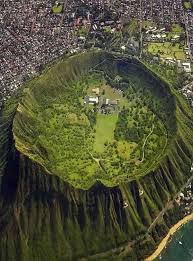
Diamond Head and the other volcanoes on Oahu were formed during a period of volcanic activity that occurred between 1.5 million and 500,000 years ago.
During this time, a series of eruptions produced a chain of volcanoes on the island, including Diamond Head, Koko Head, and the Ko‘olau Range.
The volcanic activity on Oahu eventually ceased, and the island was subjected to a period of erosion and weathering. Over millions of years, rivers and streams carved deep valleys into the volcanic rock, creating the dramatic landscapes that we see today.
However, volcanic activity in Hawaii is not completely dormant.
The Big Island of Hawaii is home to two active volcanoes, Mauna Loa and Kilauea, which have been erupting for decades.
These eruptions are closely monitored by geologists and provide important insights into the inner workings of the Earth.
A Geological Marvel
Diamond Head is not only a stunning natural wonder but also a geological marvel that tells the story of Hawaii’s volcanic history.
Formed around 300,000 years ago during the Honolulu Volcanic Series, Diamond Head is a volcanic tuff cone made up of layers of ash, cinders, and lava.
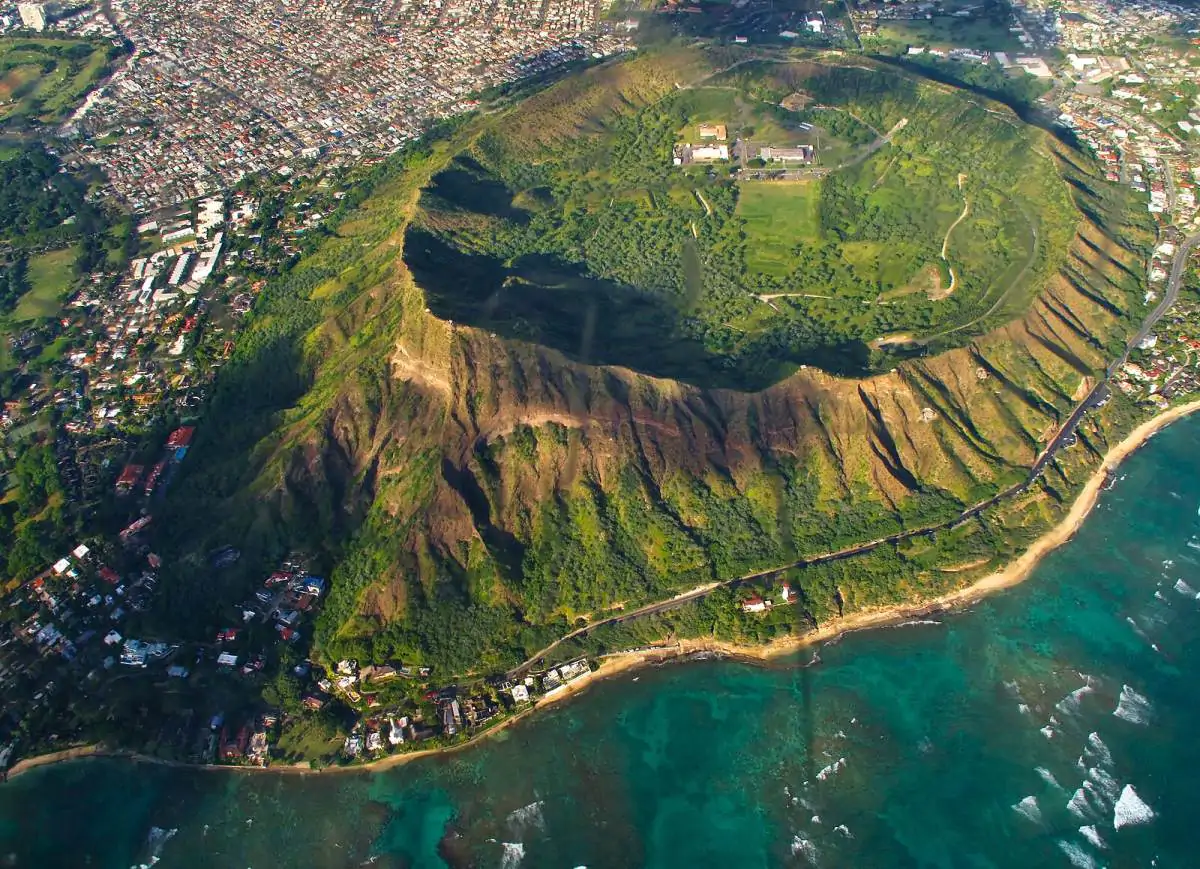
Surrounded by other geological features such as Koko Head, the Ko‘olau Range, and coral reefs and marine terraces, Diamond Head is just one piece in the larger puzzle of Hawaii’s geological history.
Hawaii’s position in the middle of the Pacific Plate and its proximity to a hot spot in the Earth’s mantle have made it a hotbed of volcanic activity for millions of years, creating a unique and dynamic landscape that continues to shape the island chain today.
As visitors hike to the top of Diamond Head and take in the panoramic views, they are also witnessing the incredible power and beauty of nature, and the geological forces that have shaped the world around us.
